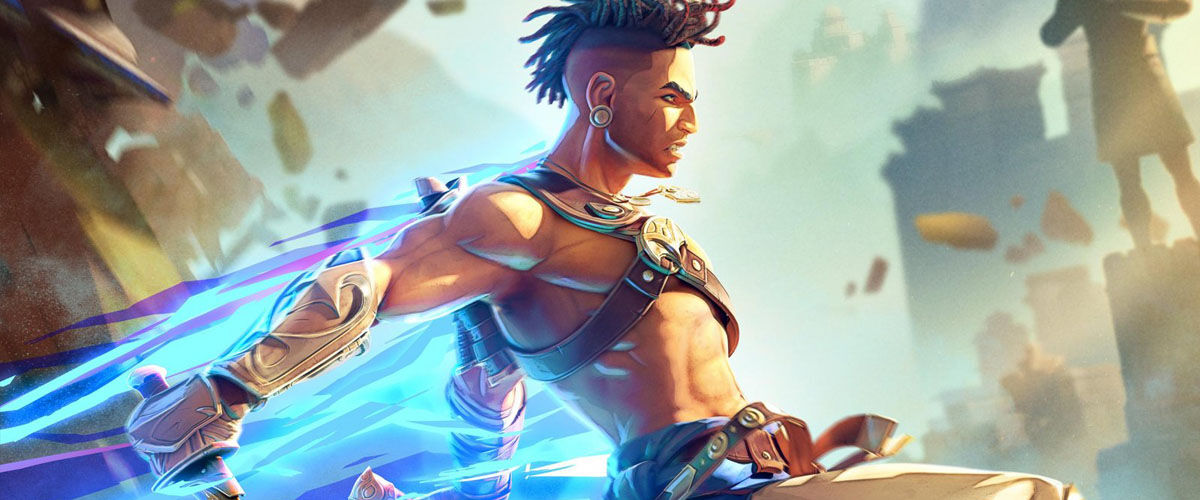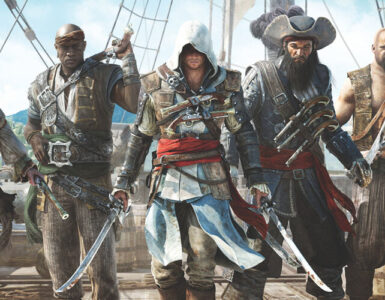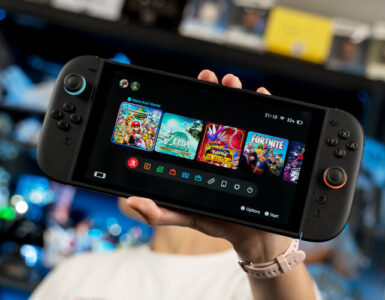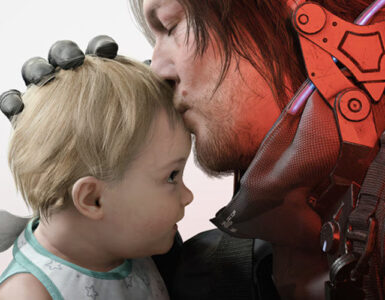21 years after rebooting the Prince of Persia (POP) action-adventure series with The Sands of Time (2003), Ubisoft is taking another swing at the iconic franchise, this time with Prince of Persia: The Lost Crown as a new title with a new protagonist set within the rebooted POP universe.
But instead of following the same genre, The Lost Crown is going the Metroidvania route, which is in a way coming full circle, putting a legacy series in a sub-genre that has been offering players the joy of non-linear 2D exploration since the 90s. The genre demands players to jump from one segment/platform to another, all linked in a majestic interconnected world map, with great precision, and have them manually note down and revisit early segments that can only be accessed in later parts of a game.
But while the Prince of Persia franchise has been at the forefront of platforming and non-linear exploration, with an enjoyable (and surprisingly accessible) Metroidvania component built in, the game’s story and combat leave much to be desired.
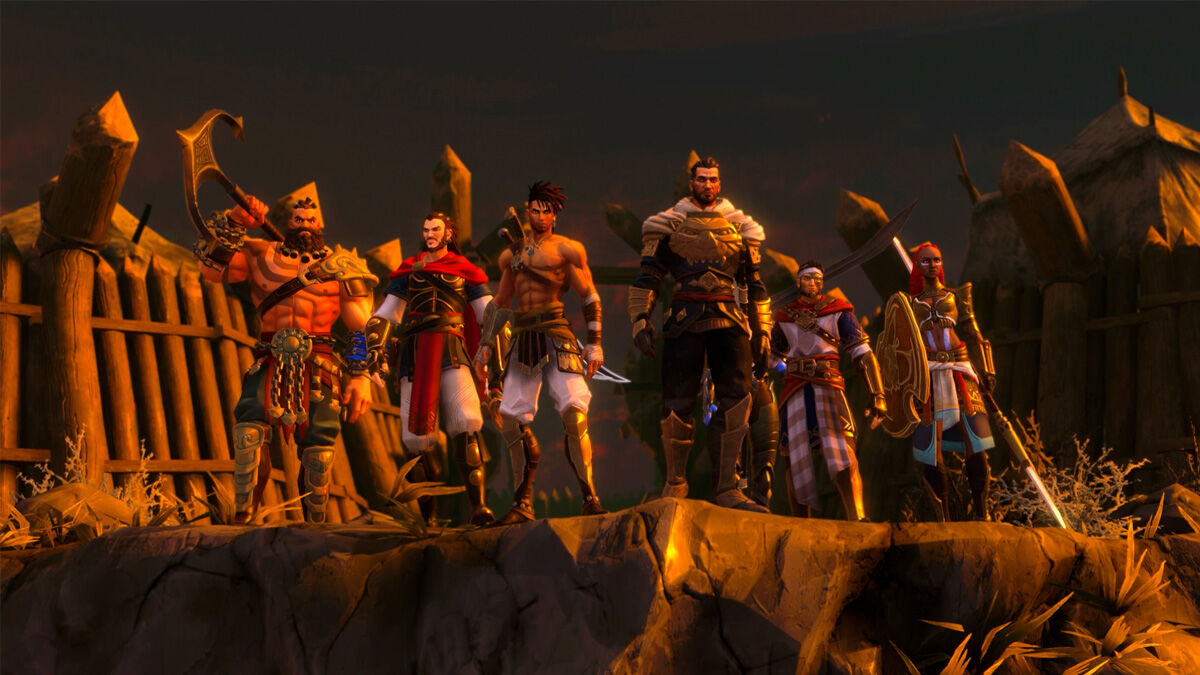
If you’re familiar with the reboot, you’ll quickly realise that Prince of Persia: The Lost Crown adds a new chapter to the Sands of Time continuity. The premise is simple: You play as Sargon, the youngest of the Immortals, a group of crème de la crème Persian warriors, tasked to rescue the kidnapped Prince Ghassan. The majority of your mission revolves around Mount Qaf, a sprawling landscape where time operates in mysterious ways, basically due to the special Sands of Time that the first reboot game centered around.
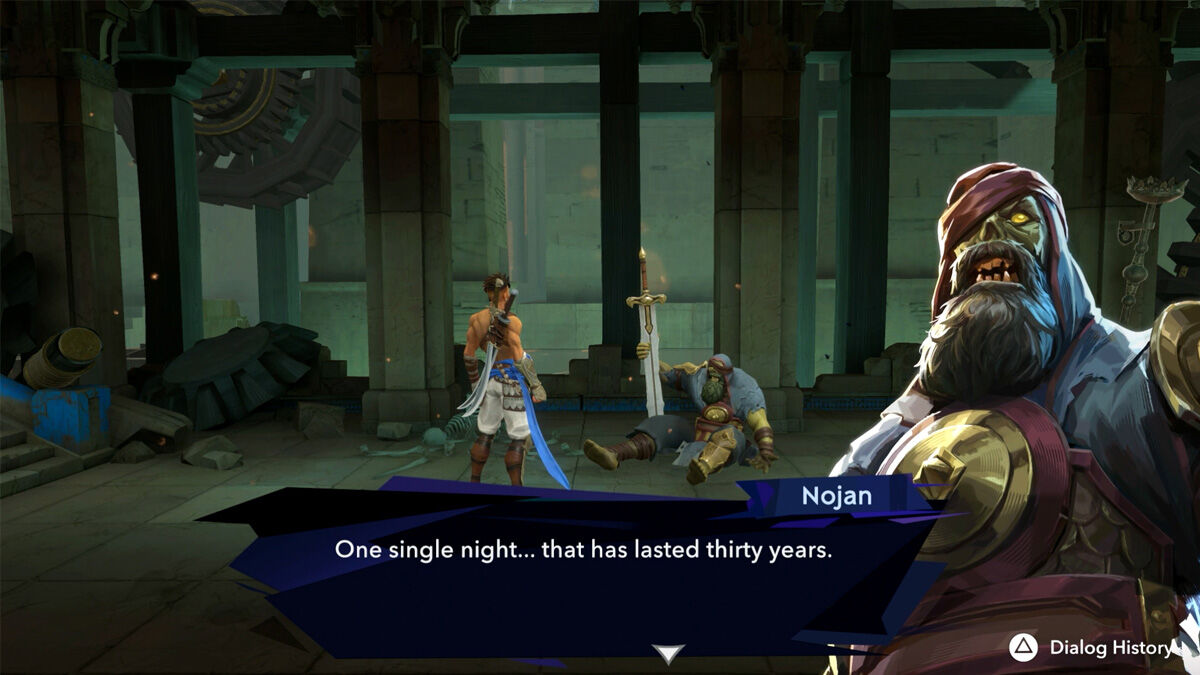

The intrigue of Mount Qaf rears its head the moment you set foot through its gates. The denizens there are subject to the cruelty of time: A soldier claims to have resided 30 years in its depths overnight while its recent visitors claim to be navigating a maze for days even though it’s been mere minutes for the protagonist.
This compelling journey unravels itself through perilous 2D dungeon platforming, fighting vastly different types of enemies, and a view. The player will traverse through Mount Qaf’s beautiful and distinct 13 biomes, from the grand upper levels of the city with houses spanning past mountains as far as the eye can see, to sprawling catacombs and lush forests – all to scour for readable collectibles to know what is going on in the grand scheme of things. You will never feel bored moving from one section of the map to the next – in fact, it’s quite exciting to revisit a place once inaccessible for more sightseeing.
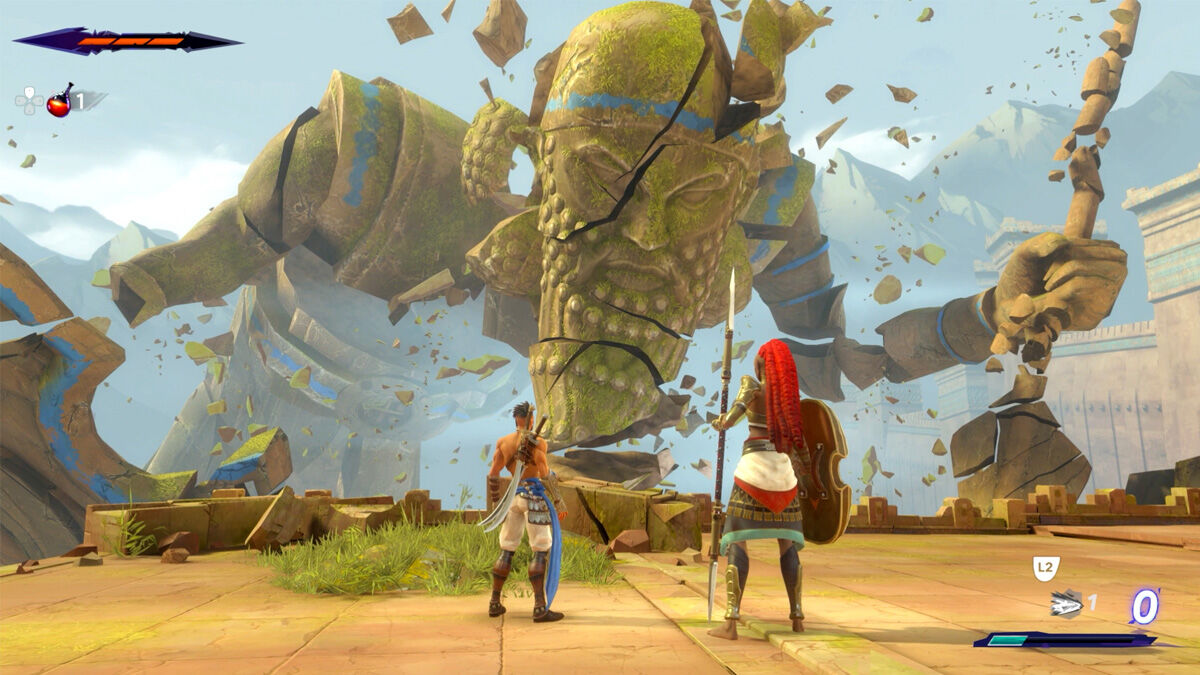
The protagonist, on the other hand, is not as attractive as the game’s setting. The player will experience every hallmark of the Hero’s Journey with Sargon as he departs on this gritty and life-threatening mission to rescue the prince, facing betrayal and overcoming almost impossible odds. The premise seems like the perfect formula for both player and protagonist to mature together as the story progresses, but alas, the player will mature faster than its main character in this case.
Sargon’s character development is never fully realised, as he stays stiff, self-righteous, and two-dimensional even after the credits roll. It is sad to see that despite such an interesting setting like Mount Qaf, the main character that is supposed to keep things going is so humourless and flat. The story focuses too much on the history of its villain such that you may find it hard to justify Sargon’s journey altogether. The writing would have greatly benefitted from verbal motifs of wisdom (Think “Nothing is true. Everything is permitted.” from Assassin’s Creed (2007).) or from its main character being more vocal about his moral stance. When the scale of power dictating the history of a kingdom rests in the balance, confronting a villain with only, “This is not the way!”, will not win hearts over.
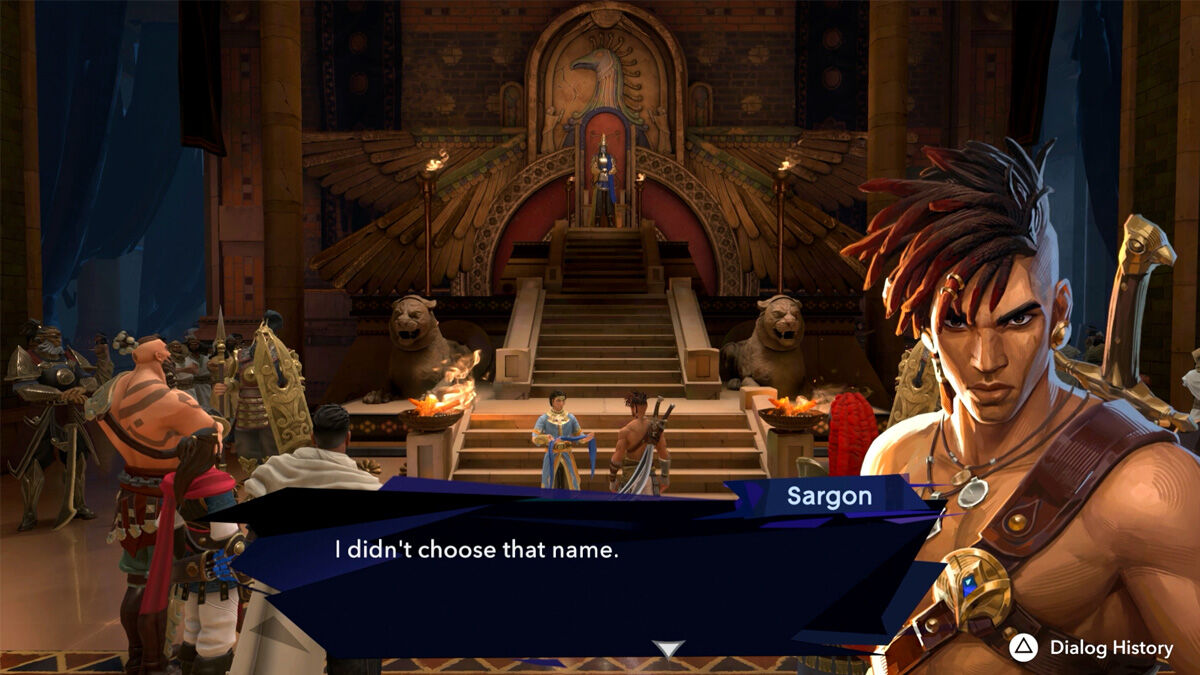
Even the many supporting characters have their fair share of struggles. Many of their lines are noticeably poorly executed. Find a character with dishevelled grey hair and beard. And you’ll think, “Oh, he’s old, wise, and should sound like Yoda”, but the moment he starts laughing, he sounds like a teenage boy. Some lines would also have pauses so long in between that you would think the game is buggy. The voice acting is more tolerable and less awkward if you change the language dubbing to the exclusive Farsi in the options menu, which somehow changes the entire mood of the game to something more exotic and mystical.
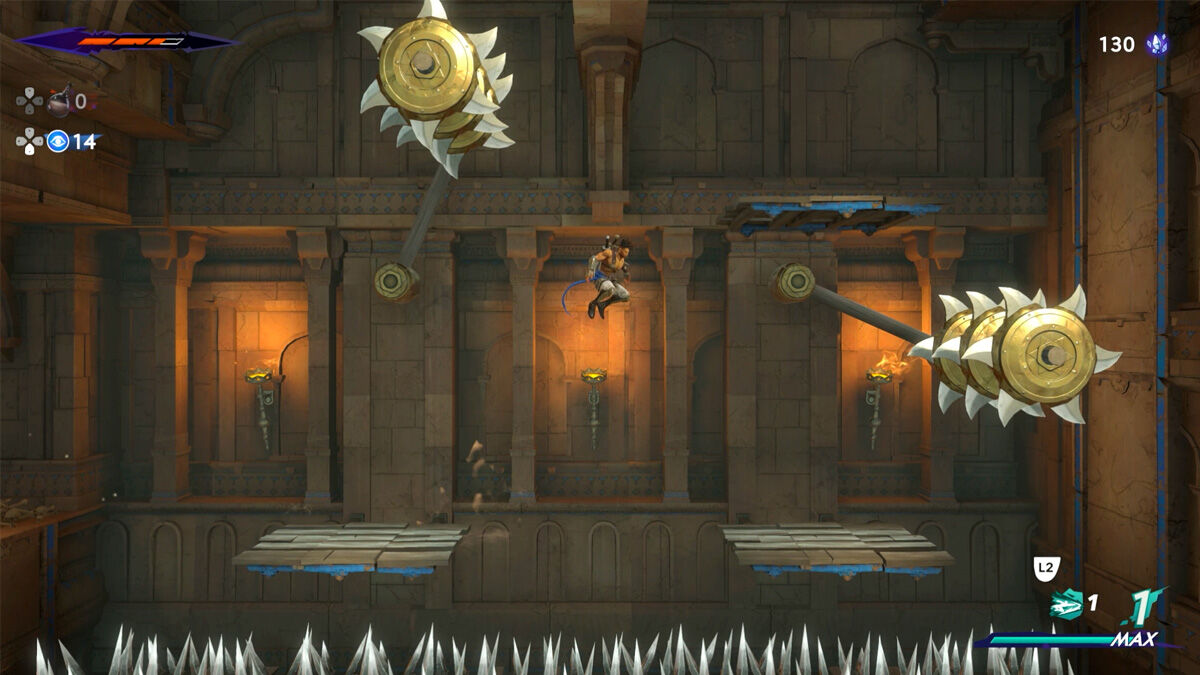
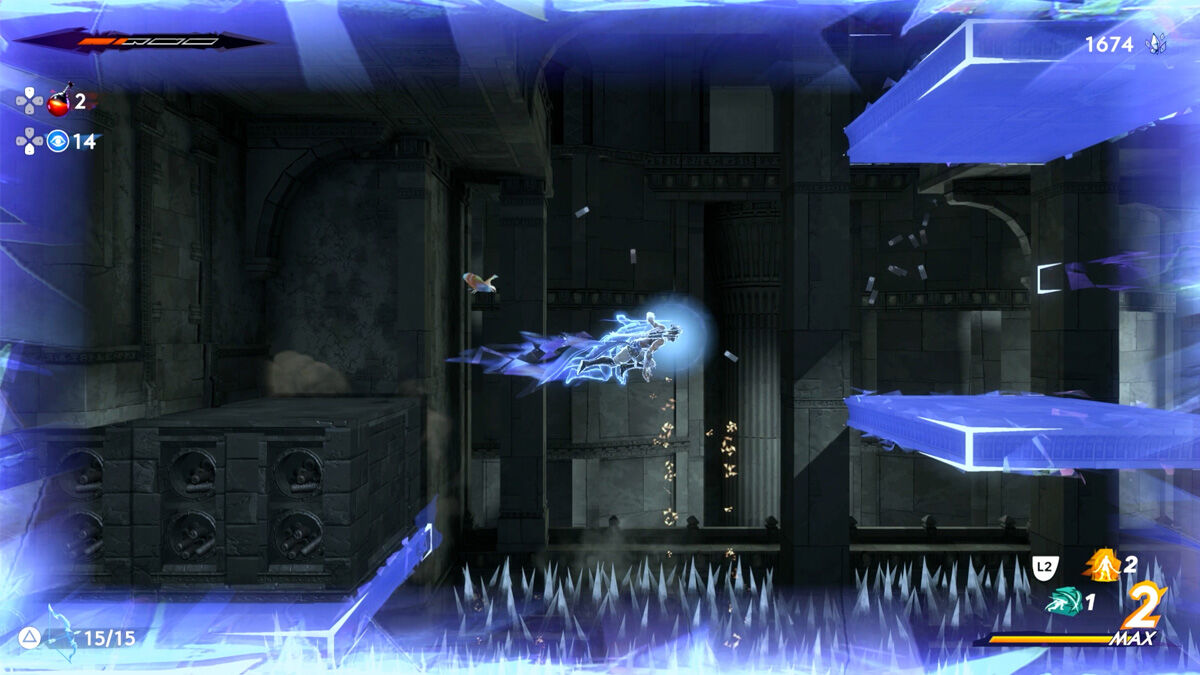
What really shines for Prince of Persia: The Lost Crown is in its symbiotic relationship between platforming and its special abilities. You’ll be bestowed the familiar and reverent skill of the air dash and teleportation in the early parts of the game. These abilities, dubbed ‘Rush of the Simurgh’ and ‘Shadow of the Simurgh’ respectively, come from the feathers of a missing giant bird (known as the ‘Simurgh’) that is the Persian God of Time and Knowledge.
Although the air dash or teleportation skills do not reinvent the wheel of Metroidvania traversal, jumping between platforms and solving brain-wrecking puzzles with them makes for a fresh and fun experience. One puzzle will have you create ghosts of yourself as you coordinate your past air dashes and teleportations to unlock a door while another warrants quick thinking as you reveal ethereal platforms by switching dimensions on the fly. These puzzles may sound intense, but the abilities that enable you to succeed make it extremely inviting for new players.
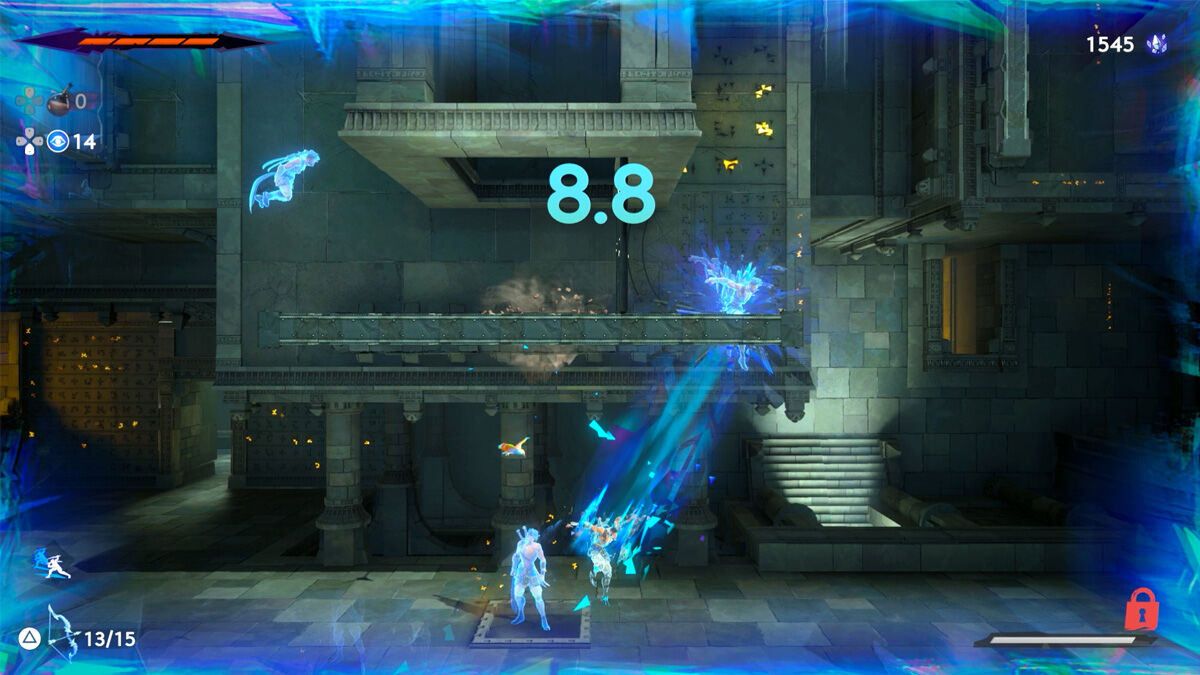
What if you’re just interested in the story and do not want to spend your time jumping over traps and finding out where to go next in the dark? The Lost Crown’s accessibility options also help new Metroidvania players enjoy the game without the stress of precision navigation.
If players find a platforming level too difficult, they can switch the “Platform Assist” option on and skip these sections altogether. The game also has a “Guided Mode” which reveals the location of your next objective on the map. And if players fear they will forget about areas they want to revisit, the game encourages the use of Memory Shards, a limited resource that takes in-game screenshots to easily keep track of these segments.
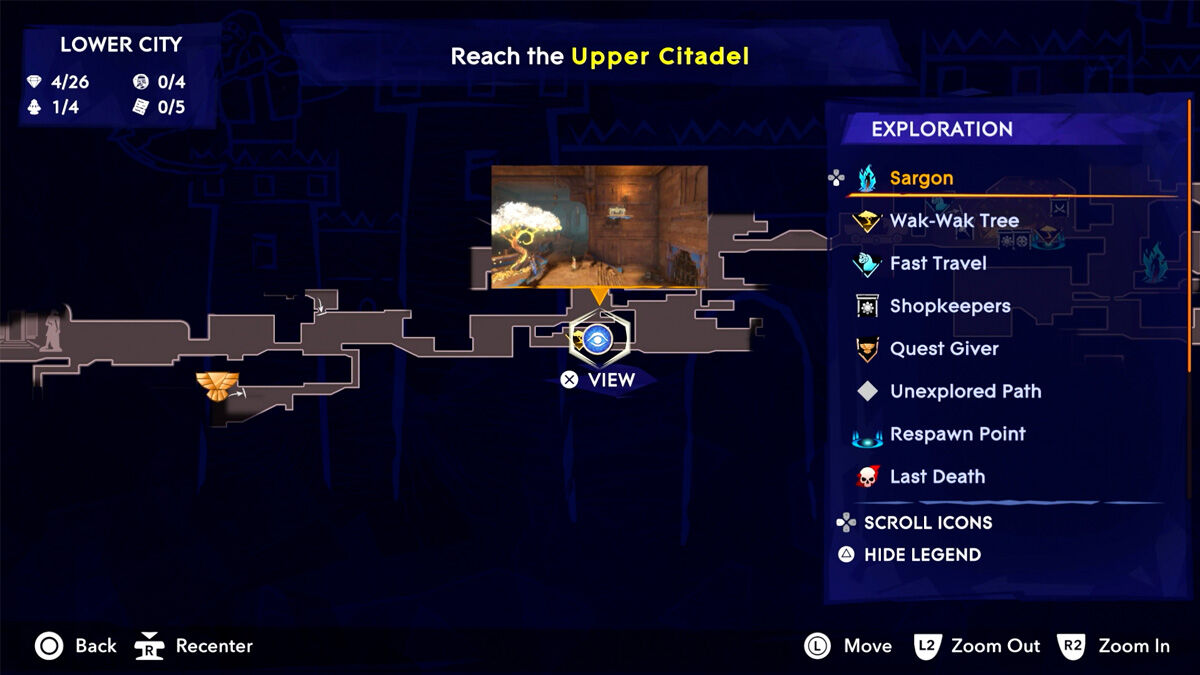
It may seem counterintuitive to eliminate the fundamental building blocks of Metroidvania games – giving the freedom to skip challenging platforming and relieving its players from keeping tabs on locked doors with pen and paper, but together, these options and features make for great hand-holding for those new to games like POP. The fact that you can turn them off at any time or not use them at all is like practice wheels on a bike. If they feel confident to embark on their personal journey as a hardcore Metroidvania fan, switch these options off by all means and enjoy the game.
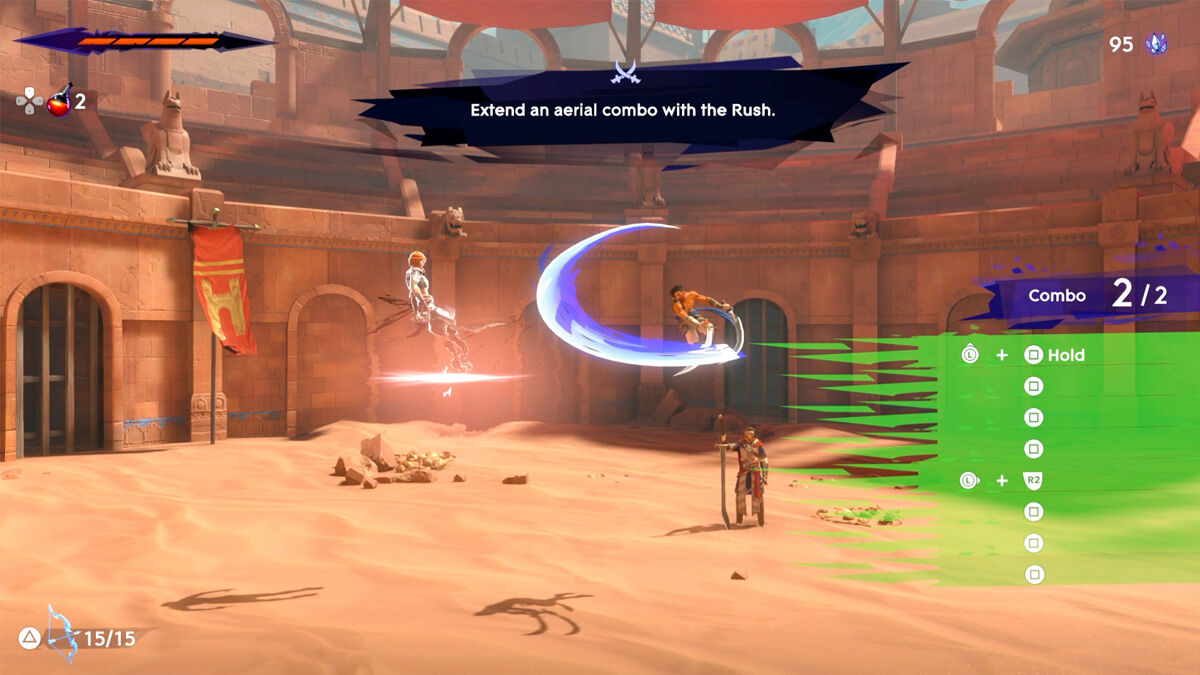
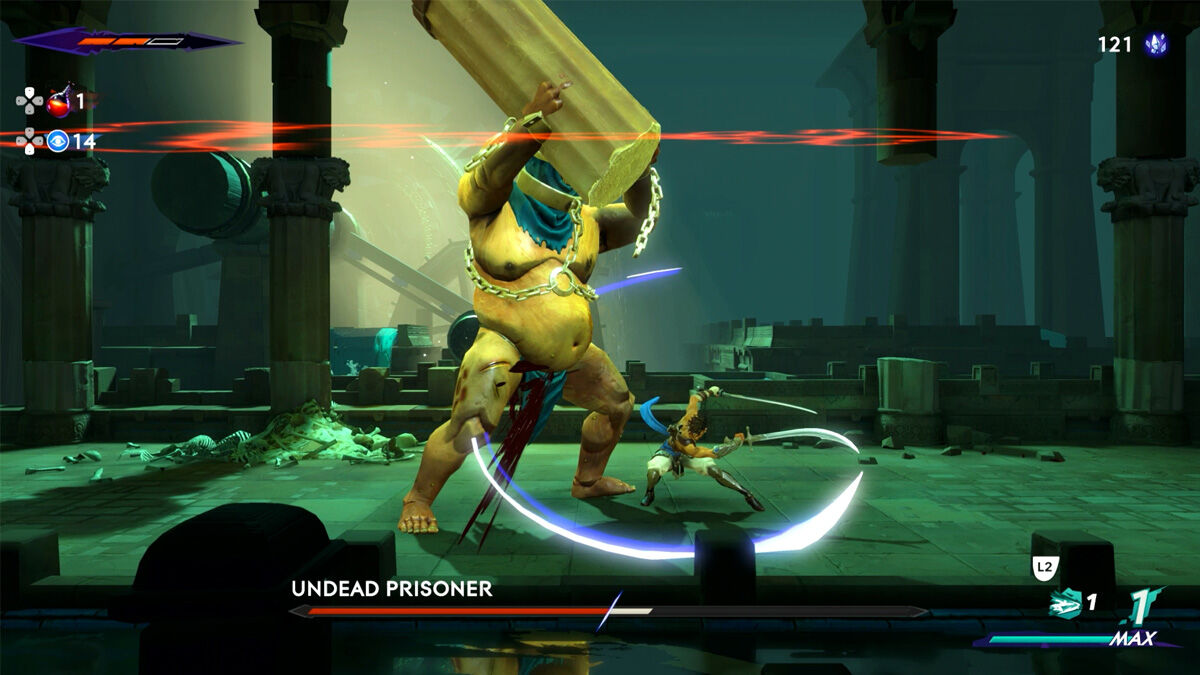
There’s a line in The Lost Crown where Sargon says his two swords “will never fail him”, and that line really encompasses the combat experience of the game as the twin blades will be the main weapons you’ll use. The game has an entire system where you can execute intricate combo chains in numerous ways. Sargon’s attacks feel flowy and perpetual, allowing you to move between targets, toss them up in the air, and slam them back to the ground. The game also comes with a high-risk, high-reward parry that conjures different enemy-specific, finisher-like cutscenes when executed successfully. These two base mechanics try to encourage you to express your playstyle in numerous ways, but its tragedy lies in the fact that you are never really incentivised to execute them anyway.

Early-game fights can simply be boiled down to finding openings where you aggressively slide or jump behind enemies and whittle them down with simple three-button presses. Many of the game’s 50-plus enemy variants are so huge and heavy that air-to-ground combos are just not optimal. Moreover, the game’s combat transits to an identity crisis mid-to-late-game as it suddenly places a huge focus on perfectly timed parries and dodges. The difficulty curve ramps up so much the moment you finish chapter five that it feels unforgiving for the uninitiated. If you play the game on the normal (second out of five) “Warrior” difficulty, you’ll find yourself dying quite frequently throughout. No doubt, Metroidvania and souls-like veterans will feel right at home with how difficult late-game fights can be, but if you’re going to introduce accessibility options and puzzles that make this game equal parts engaging and inviting, the game’s combat just feels like bullying.
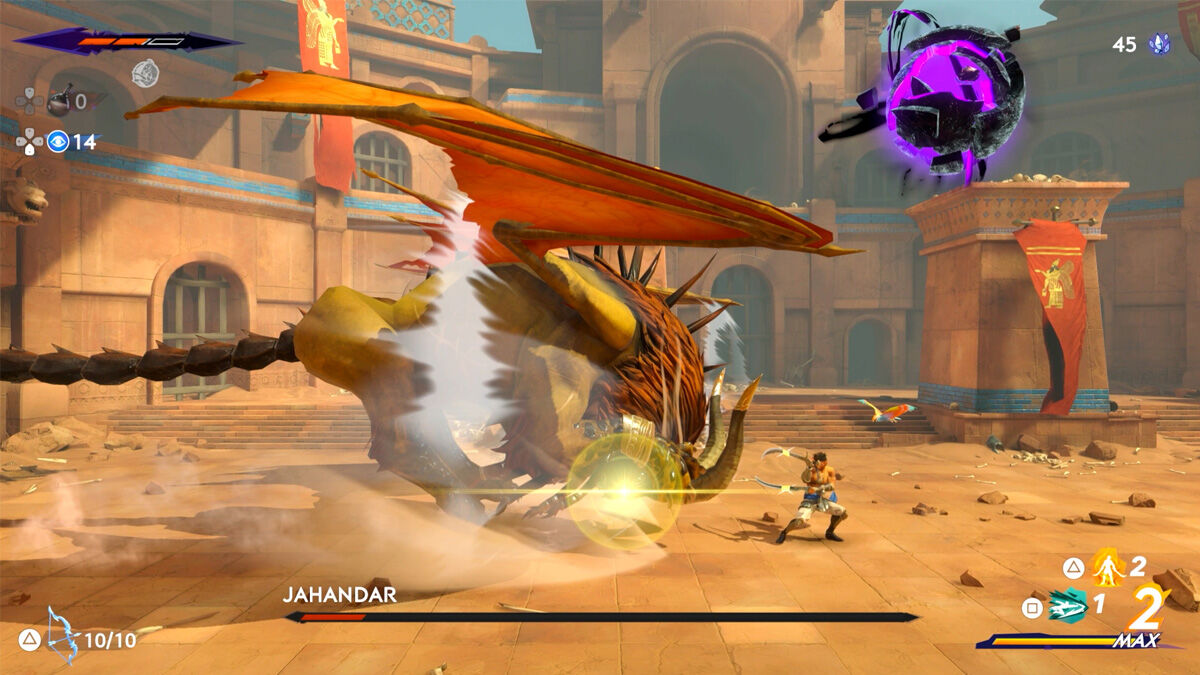

Regardless of difficulty or skill level, you’ll be spending most of your time getting used to the flow of the boss fights and recognising their patterns, instead of thinking of how you can apply the more elaborate combos against them. The boss fights are pretty formulaic and you’ll fumble around and die the first time in every new encounter. Stay alive long enough to get used to their different attacks, parry when needed, mash basic attack buttons, and you will eventually win.
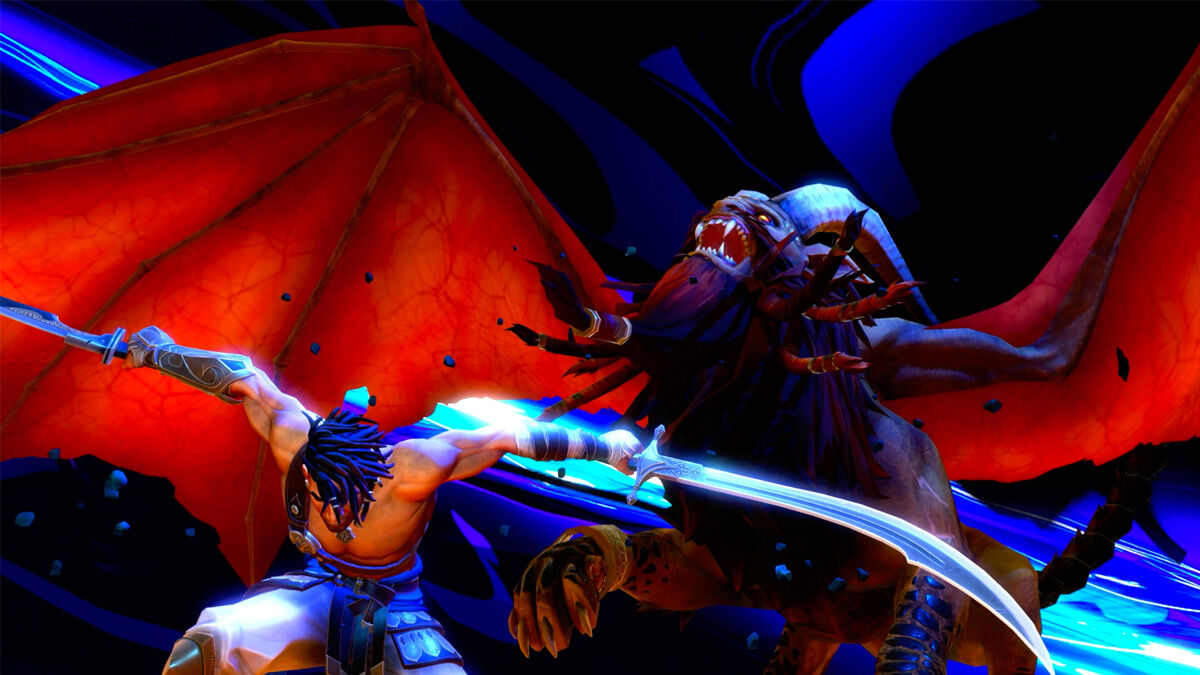
You will also gain access to a bow that doubles as a chakram (like a boomerang) later on, which might sound like a way out of monotonous button mashing. However, even though additional equipment can be used in combat, there isn’t a need to integrate them in any combat encounters.
There is no deep character progression system either. You’ll constantly return to the game’s central hub, ‘The Haven’, to purchase or upgrade your weapons or equipable amulets, but that’s all. Amulets that can be purchased only increase your attacks, number of slashes, health, defence, or resistances. Almost everything – save for your special abilities – can be upgraded in threes but they do not really encourage different ways of playing. The furthest you can go with executing intricate combos comes from The Lost Crown’s training mode, doubling as a gateway to learning these chains available to you, but you’ll find no joy in actually applying these chains. It would have been nice if more crystals (in-game currency for upgrades) were given when more intricate combos were executed or if enemies required a very specific combo to defeat – anything to encourage different combat styles would improve the combat experience. It feels like a wasted opportunity that combat can feel that shallow when so much is available for you.

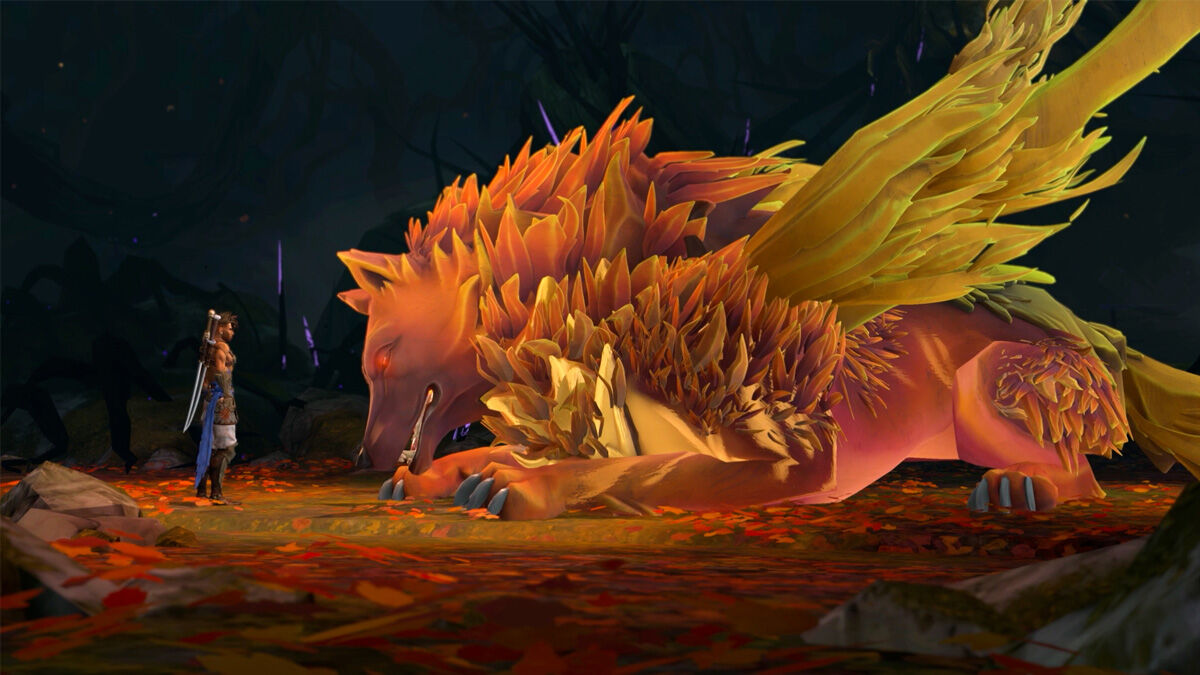
While a new entry, it’s a relatively short one as Prince of Persia: The Lost Crown will take you about 14 hours to reach the credits, with an additional 10 hours if you want to finish the side quests and find all of the collectables. Priced slightly lower than new blockbuster titles, Prince of Persia: The Lost Crown makes for a simple and moderately enjoyable Metroidvania weekend experience. You just have to take the story with a pinch of salt and get used to pressing the same button for combat over and over again while staying on your toes with the occasional parries.
Prince of Persia: The Lost Crown is available on PlayStation 4, PlayStation 5, Nintendo Switch, Xbox Series X|S, Xbox One, and PC.
GEEK REVIEW SCORE
Summary
Prince of Persia: The Lost Crown makes for a decent Metroidvania experience with engaging platforming and puzzles, though its lacklustre combat and stale story show that the experience will be a fleeting one that will not stand the test of time and can easily be forgotten.
Overall
7.4/10-
Gamplay - 7.5/10
7.5/10
-
Story - 6.5/10
6.5/10
-
Presentation - 8/10
8/10
-
Value - 7.5/10
7.5/10

